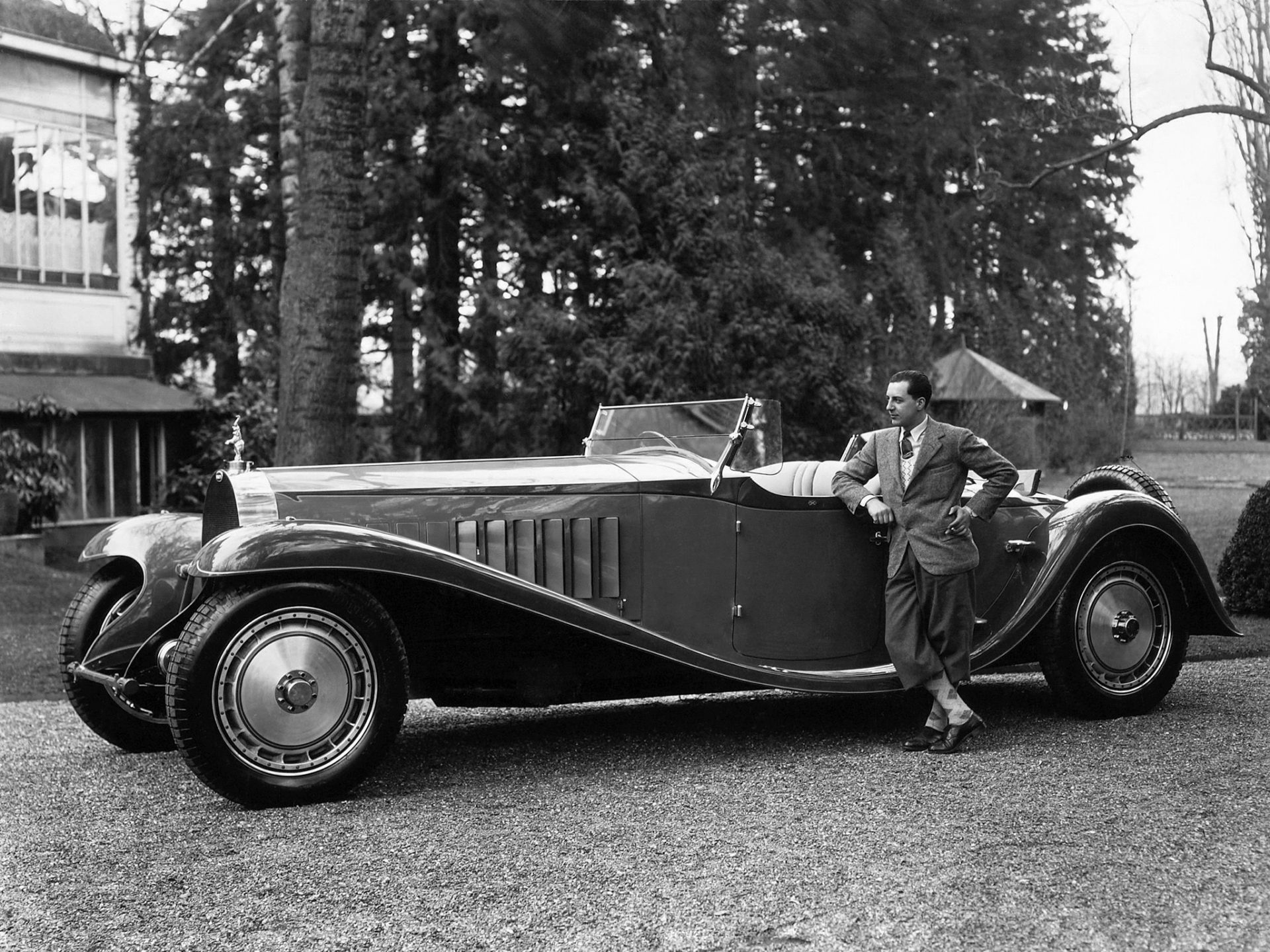Motor Valley Stories
The legend of Ettore Bugatti: from Italian entrepreneur and designer to French icon
Ettore Arco Isidoro Bugatti, born in Milan in 1881, was an Italian designer and entrepreneur, and founder of automotive brand Bugatti.
The firstborn child of Teresa Lorioli and Carlo Bugatti, Ettore grew up in a family in which art played a central role. His father was a prestigious designer of Art-Nouveau-style furniture and jewellery, as well as a talented racing bike inventor. His younger brother, Rembrandt Bugatti, went on to become a famous sculptor, his aunt, Luigia Bugatti, was the wife of painter Giovanni Segantini, and his paternal grandfather, Giovanni Luigi Bugatti, was both a sculptor and architect. Ettore himself attended the Brera Academy, before quickly realising that his true passion wasn’t in fact art, but mechanics.
It was against this cultural and personal backdrop that Ettore Bugatti developed a deep conviction that became the cornerstone of his company philosophy: that creativity is the expression and crowning element of one’s personality, and not just a means of making money.
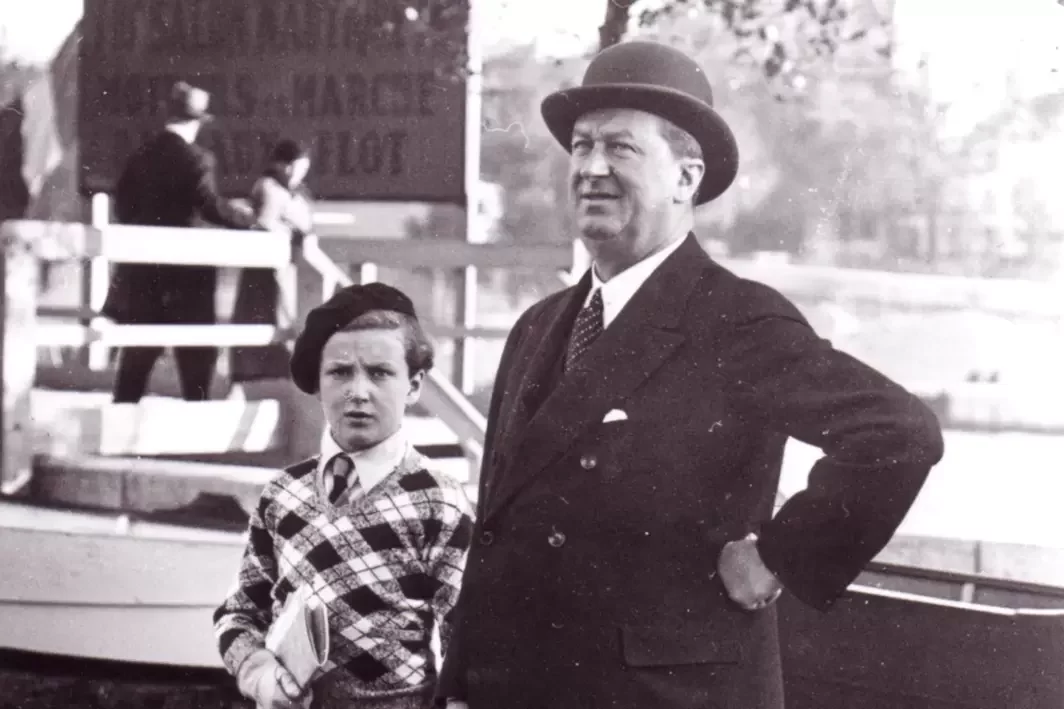
A genius in the making
Ettore Bugatti’s potential wasn’t slow to emerge: already at a very young age, he was repairing small engines without any training, and at the age of 16, he began an internship at Prinetti e Stucchi. Just one year later, he designed his own motorised tricycle, which he even competed on in the Paris-Bordeaux race. The following year, he went on to design his very first car.
It wasn’t long before even the big names started noticing the young mechanical genius. He was quickly snapped up by De Dietrich, a company specialising in the chemical and energy sector, but which also manufactured cars in the late 1800s. One of the major innovations that the young Ettore Bugatti brought to the brand was a closer driving position for better manoeuvrability and aerodynamic performance: a change that would go on to revolutionise the history of driving the world over.
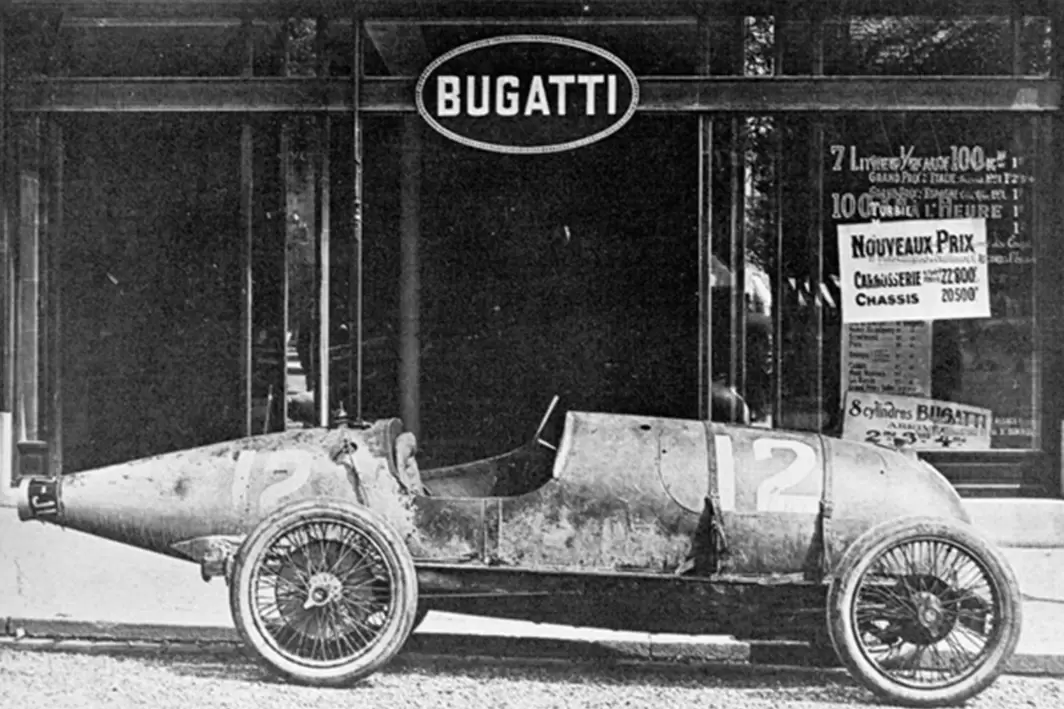
The birth of the Bugatti company
It was in 1909 when Ettore moved to Molsheim, in Alsace, and founded his own personal company, Bugatti.
His contribution within this company was twofold. On the one hand, his approach was conservative, keeping many technical solutions unchanged over the years, as was the case with the timeless Type 13 for example, or the 3.3-litre engine that was used for a huge number of models up until the end of the 1930s. However, on the other hand, Ettore Bugatti brought a great deal of innovation to the sector, developing technical solutions that, at the time, were scarcely used. The most illustrative case in point is the multi-valve engine that catapulted Bugatti to huge fame, offering a new alternative to the classic two valves per cylinder.
However, Bugatti’s growth wasn’t limited to the factory: the company also achieved several Grand Prix victories, which saw the brand’s Type 35 appear on some of the world’s most prestigious podiums. And that’s not all: it was even a Bugatti that won the very first Monaco Grand Prix.
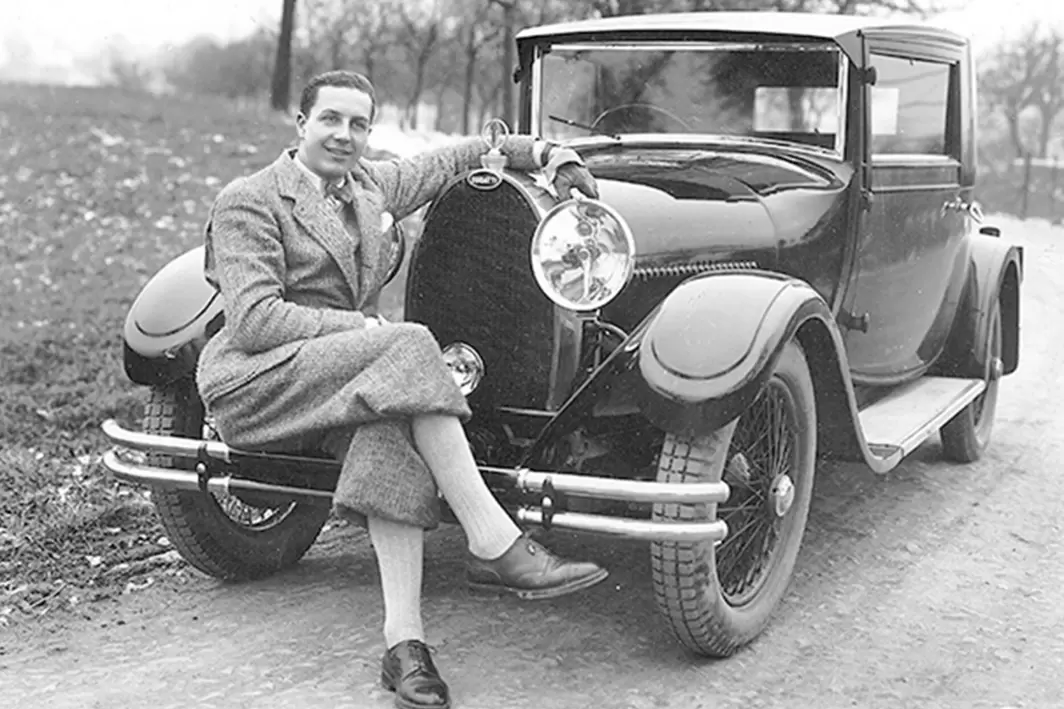
Bugatti: more than just cars
With the dawn of the First World War, the company was forced to reinvent itself, and decided to focus on the construction of aircrafts and aeronautical engines. However, once the conflict had ended, Ettore Bugatti retraced the footsteps of his original passion, propelling the Bugatti name to the very top of Europe’s most prestigious car manufacturers. In 1925, the company received its first proper recognition, celebrating the first of five Targa Florio victories.
During the second half of the 1920s, Ettore Bugatti began work on a completely new project: a luxury car of colossal scale, with the aim of outclassing the already highly esteemed Rolls-Royce and Maybach. And so the Bugatti Royale was born (also known as the Bugatti Gold, due to all of the gold parts on the prototype): one of the biggest and most luxurious cars of all time.
A true inventor and innovator, Bugatti also put his own stamp on countless other projects. One of the most noteworthy was the Autorail, a railway wagon with technical parts lifted directly from the Bugatti Royale. As well as an aeroplane, which unfortunately never actually left the ground, Bugatti went on to design many more objects, from bicycles and a toy car to doors, armchairs, surgical equipment and horse-riding straps.
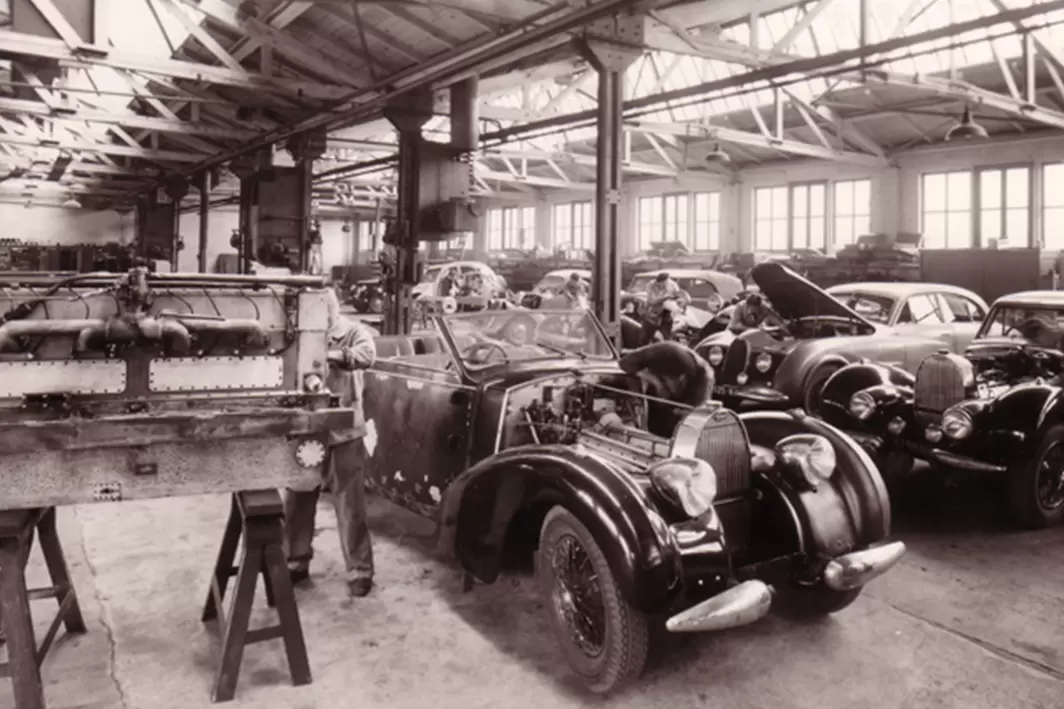
A never-ending legacy: the Bugatti brand today
For Ettore Bugatti, the 1940s were a period of crisis, starting in 1939 with the premature death of his son Jean in a road accident.
Then, the Second World War erupted and the Bugatti family, like many other businesses, lost control of their company to the German army. After the German occupation of France, in 1941 the Molsheim factory was sequestered. Bugatti had no choice but to voluntarily give up his company to avoid it being sold at judicial auction. He received 150 million francs: just half of what it was worth. The conflict eventually ended, but Ettore Bugatti still had worse to come. After being tried for collaborating with the enemy, precisely because he had sold his company, Bugatti was convicted and all his personal assets seized. Just a few months after he passed away at the American hospital in Neuilly-sur-Seine in 1947, Ettore Bugatti was finally acquitted at the appeal trial.
The legendary founder of Bugatti was buried at the cemetery in Dorlisheim, a small French commune in the Grand Est region. In 2000, Ettore Bugatti was added to the Automotive Hall of Fame alongside all the other prestigious names from the automotive world, as testament to the crucial role he played across the entire sector.
Over the years, the company has passed through many different hands, starting out as Italian Bugatti Automobili between 1987 and 1995, before becoming an ad-hoc financial company under German brand Volkswagen, and finally, as of 2021, a joint venture between Porsche and Rimac. So many places, names and faces woven into the tapestry of the brand, all united by one constant certainty: the innovation instilled by its founder, the legendary Ettore Bugatti.


